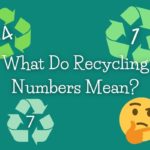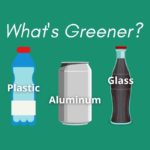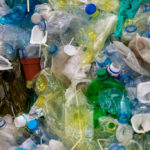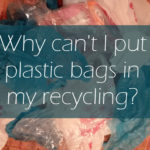The Story of Plastic – A Summary
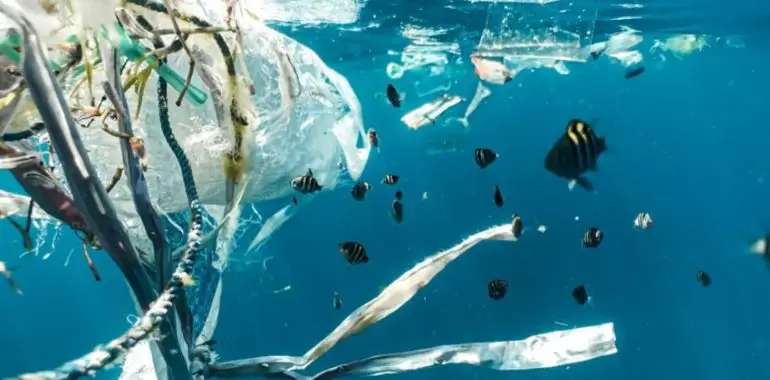
The Story of Plastic – A Summary
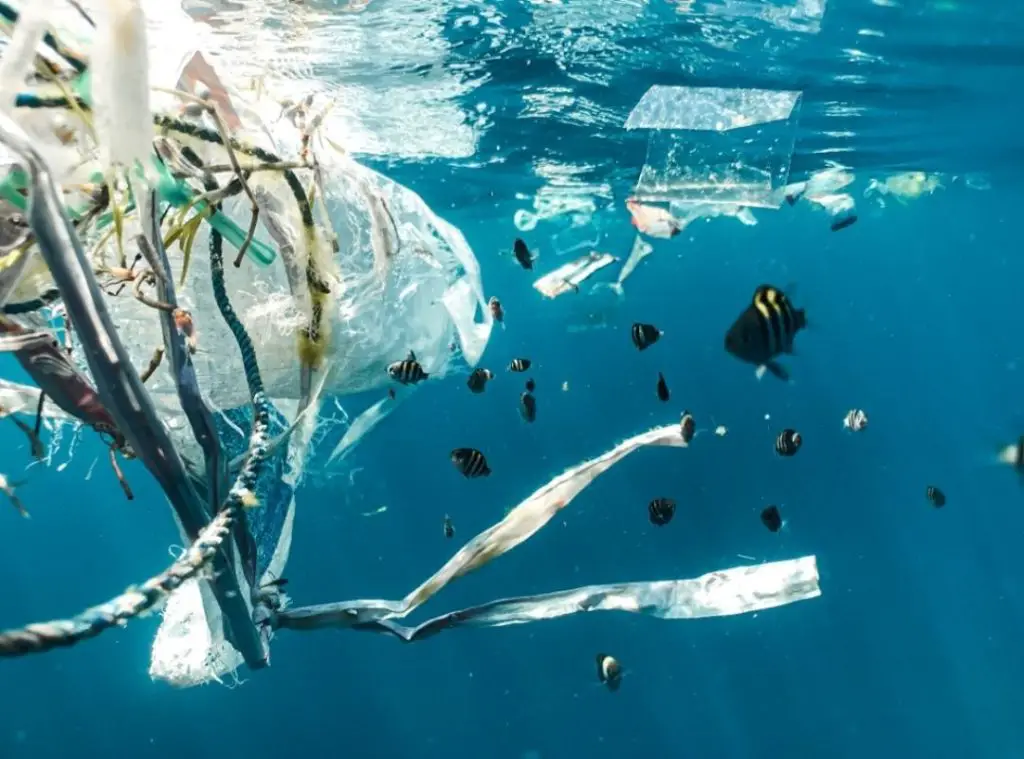
There is a great new documentary called The Story of Plastic brought to us by The Story of Stuff Project, who are known for their accessible short animated videos illustrating and simplifying complex issues around consumerism and waste. If you have a chance to watch the entire 1 hr 23 min documentary, I highly recommend it. Here’s the full video:
If you don’t have time to watch the whole thing, or if you prefer to get your information in text form, I have summarized the main points here.
The Story of Plastic Summarized
How We Got Here
- Plastic is made from petroleum and the companies that make plastics are the same ones buying and selling fossil fuels.
- In the 1950s, disposable products started to be advertised to consumers as a way to reduce work. (No dishes to clean, just throw it away!)
- Around this same time, U.S. companies also formed Keep America Beautiful, Inc, which created anti-littering campaigns to shift the focus away from proposed limits on disposable products and onto consumer responsibility for proper waste disposal instead.
- In the mid-1970s, manufacturers started pushing for municipalities to run taxpayer-funded recycling programs, putting the burden of management of these materials onto the public and taxpayers.
- We didn’t know how to effectively recycle most of this plastic in the United States, but China accepted our recyclables for years, so we just shipped it all there and let them sort it out. Then in 2017, China stopped accepting our mixed waste recyclables and we still haven’t really figured out how to deal with it. The plastic has mostly ended up dumped into marginalized communities all over the world, polluting their towns, waterways and backyards.
- Of all the plastic that has existed, more than half was produced in the last 15 years and 91% has never been recycled. Most plastic is very difficult to recycle, and an even smaller percentage (about 2%) is “effectively recycled” (recycled into something that is as useful as it was before, like a bottle, rather than downcycled into something else). Plastic degrades each time it is recycled so it can usually only be recycled once before it ends up in the landfill.
Where We Are Now
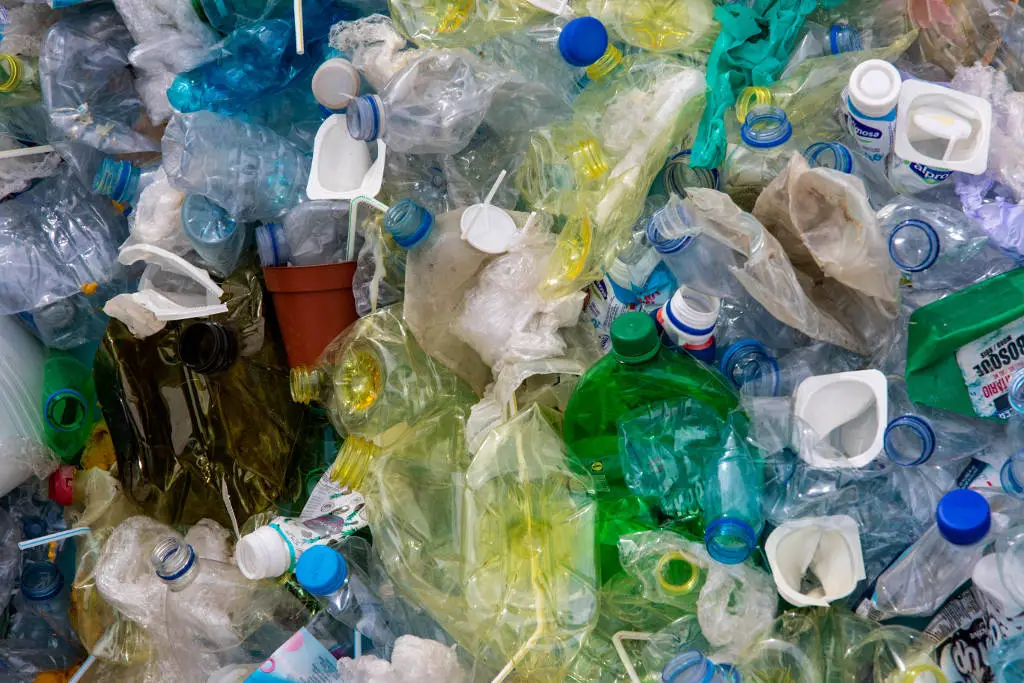

- The plastics industry pushes the idea that plastic pollution, especially in poor and developing countries, is all just a problem of improper waste management.
- The media focus has mainly been on plastic disposal and pollution, with a lack of coverage on the problems created by the extraction, manufacturing and distribution of these products.
- The public is being asked to change their behavior, but the companies profiting from disposable products are not being asked to change their processes.
- The plastics industry tries to blame Asian countries for being the biggest polluters, but it is Western countries that have aggressively pushed disposable products onto countries that don’t have the waste management systems to handle them.
- Unrecyclable plastics often end up being incinerated, creating hazardous toxins and compounding climate change issues by releasing tons of greenhouse gases via the burning.
- The big oil companies foresee a future decline in the use of fossil fuels for energy, so they are investing heavily in plastics and petrochemicals to be able to continue to create new markets for oil by creating new plastic products, new uses for plastic and expanding into overseas markets.
- The plastics manufacturing industry has created an organization called the Alliance to End Plastic Waste, which again, is focused on promoting recycling, cleanup and waste management, but not on addressing the production of disposables and plastics in the first place. Their economic incentive is to get us to use more plastic, not less.
- Tiny micro- and nano-plastic particles are now everywhere, in our water, in the soil, in the food we eat. Recent studies have found plastic particles in 83% of tap water samples and 93% of bottled water.
Where do we go from here?
- Bottom line: If a company is producing a single-use product that can’t be effectively recycled, then they shouldn’t be producing it. They should redesign it with recyclable, reusable or compostable types of materials and packaging.
- The Break Free From Plastic movement started in 2016 as a partnership amongst many organizations to demand massive reductions in single-use plastics and to push for lasting solutions to the plastic pollution crisis.
- Expanded Producer Responsibility (EPR) is a strategy to create policies that add all of the environmental costs associated with a product throughout its life cycle to the market price of that product and to force the producers of the products to take on the cost and disposal of their products, rather than the consumer and communities.
- Global fossil fuel subsidies keep the costs of virgin plastic production artificially low, which disincentivizes the industry from using recycled content in their products or finding alternatives. If subsidies were eliminated and the industry was required to use a certain percentage of recycled content in their products, that would create much more demand for plastic recyclables.
- We can’t recycle our way out of this problem though. We need to reduce the amount of plastics being produced and consumed.
- Some plastics we can do without, and that is where bans like plastic bag bans can come in. Other plastic products are more difficult to eliminate, and that is where we need to work with the industry to try to design reusable, recyclable or compostable alternatives.
There was so much more to this documentary. You can’t watch it and not be deeply affected by seeing the environmental devastation and life-threatening health issues in communities having to deal with either end of the plastics life cycle, from communities near refineries and pipelines to those who have mountains of plastic waste dumped into their backyards and washing up in their waterways. It’s much more powerful to see these images than I am able to put into words.
What can I do?
- Share this documentary and this article.
- Help advocate for legislation that will reform the plastics and packaging industries. In the U.S., the Break Free from Plastic Pollution Act would make a big difference. We need effective EPR laws and minimum recycled content requirements for products. Local plastic bag bans are also a great step in the right direction.
- Avoid single-use plastics and disposable packaging whenever possible. Look for ways to cut back, like taking your own mug everywhere or investing in a soda-maker machine to make your own carbonated drinks.
- Take reusable bags everywhere you go and refuse single-use bags.
- Say no to plastic straws.
- When buying plastic items, look for those with recycled content. The more demand there is for recycled plastic, the more plastic will get recycled.
- Learn your local recycling rules and follow them. “Wishcycling,” or throwing unrecyclable items into your bin in the hope that they can be recycled just causes contamination, leading to potentially recyclable loads ending up in the landfill.
Most of all, don’t lose sight of the bigger picture. Individual responsibility is important but we can’t recycle our way out of this problem, and we can’t solve it on the back end by asking the public to simply work harder at reducing waste in their personal habits and purchasing choices.
I talk a lot on this blog about how and what to recycle, but there is only so much we as individuals can do. Systemic change is needed and it has to start at the beginning of the life cycle of stuff, with the manufacturers and the big oil conglomerates. And that, my friends, is a much bigger challenge than teaching people what stuff to throw in the recycling bin.
More articles on plastics and recycling:
- It’s Time to Hold Manufacturers Responsible for Plastic Pollution
- How to Recycle Can Holders (rigid plastic 6-pack rings)
- An Update on #5 Plastic Recycling
- Why is Plastic Recycling So Confusing?
- How to Recycle Plastic Plant Pots
- Can I Recycle Plastic Pill Bottles?
- How Do I Recycle Plastic Bottle Caps?
- Why Can’t I Recycle Plastic Bags in My Bin?
- Biodegradable vs Compostable – What’s the Difference?

